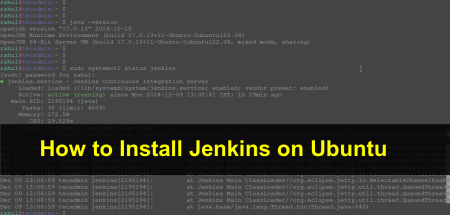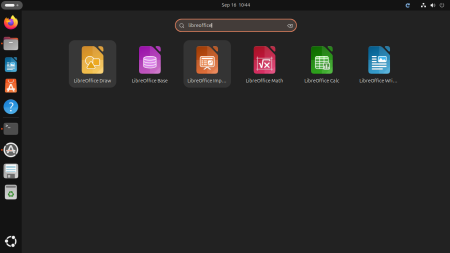Linux is a versatile and powerful operating system, but like any other system, there are times when you need to shut it down or reboot it. Knowing how to do this properly and safely is essential to maintaining the health and performance of your system.
In this article, we’ll provide a 5 methods to shutting down or rebooting a Linux systems.
Method 1: Using the Terminal
The Terminal is a command-line interface that allows you to interact with the operating system. You can shut down or reboot your Linux system using the Terminal with a few simple commands.
- Shutting down the system
To shut down your Linux system immediately, open the Terminal and enter the following command:
sudo shutdown -h nowAlternatively, you can schedule a shutdown by specifying a time. Replace “time” with the desired time (e.g., “+5” for 5 minutes from now or “22:30” for 10:30 PM):
sudo shutdown -h time - Rebooting the system
To reboot your Linux system immediately, enter the following command in the Terminal:
sudo rebootOr you can use the following command for the same purpose:
sudo shutdown -r nowSimilar to shutting down, you can schedule a reboot by specifying a time:
sudo shutdown -r time
Method 2: Using Graphical Interface (GUI)
For users who prefer graphical interfaces, many Linux distributions offer built-in GUI options for shutting down or rebooting the system.
- GNOME Desktop Environment:
In GNOME, click on the top-right corner of the screen to open the system menu. Select the power icon, and then choose either “Power Off” or “Restart” depending on your preference.
- KDE Plasma Desktop Environment
In KDE Plasma, click on the “Application Launcher” in the bottom-left corner of the screen, and then navigate to “Leave” > “Shutdown” or “Restart.”
- XFCE Desktop Environment
In XFCE, click on the main menu icon in the top-left corner of the screen, then navigate to “Log Out” > “Shut Down” or “Restart.”
- Using Keyboard Shortcuts
Some Linux distributions offer keyboard shortcuts for shutting down or rebooting the system quickly.
- Ubuntu and most GNOME-based distributions
Press the “Ctrl” + “Alt” + “Del” keys simultaneously, and a dialog box will appear, allowing you to choose between “Power Off” or “Restart.”
- KDE Plasma-based distributions
Press the “Ctrl” + “Alt” + “Del” keys simultaneously, and a “Leave” menu will appear, offering options for “Shutdown” or “Restart.”
Method 3: Using Systemd
Systemd is an init system used in many Linux distributions to manage system processes. It offers commands for managing the system state, including shutting down and rebooting.
- Shutting down the system: To shut down your Linux system using Systemd, enter the following command in the Terminal:
sudo systemctl poweroff - Rebooting the system: To reboot your Linux system using Systemd, enter the following command in the Terminal:
sudo systemctl reboot
Method 4: Using the “init” Command
The “init” command is another method for controlling system states. However, with the widespread adoption of Systemd, the “init” command is becoming less common. If your Linux distribution uses a different init system (such as SysV or Upstart), you can use the following commands:
- Shutting down the system:
sudo init 0 - Rebooting the system:
sudo init 6
Method 5: Using Magic SysRq Key Combinations
Linux has a built-in feature called the “Magic SysRq” key, which allows you to perform various low-level system functions, including shutting down or rebooting the system. This method can be helpful in situations where the system is unresponsive.
To use the Magic SysRq key, press and hold the “Alt” + “SysRq” (usually the “Print Screen” key) and then press the following keys in order:
- “R” (unraw): Switch the keyboard mode
- “E” (terminate): Send the SIGTERM signal to all processes
- “I” (kill): Send the SIGKILL signal to all processes
- “S” (sync): Sync all mounted filesystems
- “U” (unmount): Remount all filesystems as read-only
- “B” (reboot) or “O” (power off): Reboot or power off the system
Please note that using the Magic SysRq key should be reserved for emergency situations when other methods fail, as it may lead to data loss or system instability.
Conclusion
In this tutorial, you have learn about 5 methods to either shutdown or reboot a Linux system.



